The Benefits of Physical Therapy (PT) for Children
July 10, 2024
The Benefits of Physical Therapy (PT) for Children
The Benefits of Physical Therapy for Children
Physical therapy (PT) is not just for adults recovering from injuries or surgeries. It offers a myriad of benefits for children, particularly those facing physical challenges. Through targeted interventions and exercises, PT can significantly enhance a child’s overall well-being and quality of life. Below, we delve into the key benefits of physical therapy for children and share inspiring success stories that illustrate its transformative impact.
Key Benefits of Physical Therapy for Children
- Management of Diagnoses and Symptoms
- PT aids in the management of various medical diagnoses and their symptoms, improving function across all areas for a better quality of life.
- Improved Mobility and Motor Skills Development
- Physical therapy helps children develop essential motor skills and improves their ability to move, making everyday activities easier and more enjoyable.
- Enhanced Strength, Endurance, and Flexibility
- Regular PT sessions build muscle strength, enhance endurance, and increase flexibility, allowing children to participate more fully in physical activities.
- Better Balance and Coordination
- PT programs are designed to improve balance and coordination, which are critical for performing daily tasks safely and efficiently.
- Management of Chronic Conditions
- For chronic conditions like cerebral palsy or muscular dystrophy, PT can be crucial in managing symptoms and preventing complications.
- Recovery from Injuries or Surgeries
- Physical therapy plays a vital role in the recovery process, helping children regain strength and return to their normal activities post-injury or surgery.
- Promotion of Independence in Daily Activities
- By improving physical capabilities, PT enables children to perform daily activities more independently, boosting their confidence and self-esteem.
- Pain Management
- PT includes techniques and exercises that help manage and alleviate pain, enhancing a child’s comfort and quality of life.
- Support for Overall Health and Well-Being
- Beyond physical benefits, PT contributes to a child’s emotional and social well-being, supporting their overall development.
Success Stories and Case Studies
Case Study 1: A Child with Cerebral Palsy
A young girl diagnosed with cerebral palsy saw significant improvements in her mobility and independence after undergoing a personalized PT program. Her progress included being able to walk short distances with minimal assistance and performing daily tasks more independently, much to the delight of her parents and therapists.
Success Story 2: Recovery from a Sports-Related Injury
A teenage athlete who suffered a severe knee injury during a soccer game was able to return to his previous level of activity and performance through rigorous PT sessions. His recovery journey included regaining strength, improving flexibility, and learning techniques to prevent future injuries.
Example 3: Developmental Delays and Motor Skills
A toddler with developmental delays made remarkable progress in motor skills and coordination after consistent PT sessions. The child transitioned from struggling with basic movements to confidently engaging in playtime activities with peers.
Testimonial 4: Managing Muscular Dystrophy
A parent of a child with muscular dystrophy shared a heartfelt testimonial about how PT has been instrumental in managing their child’s symptoms. The therapy helped maintain muscle function, reduce discomfort, and provide strategies for handling daily challenges.
Case Study 5: Improving Focus in School for a Child with ADHD
Physical therapy was part of a comprehensive approach for a child with ADHD, aiding in improving focus and behavior in the classroom. The structured exercises and activities provided an outlet for excess energy, helping the child concentrate better during school hours.
Success Story 6: Enhancing Daily Function for a Child with Autism
Through tailored PT sessions, a child with autism showed significant improvements in daily functioning. The therapy focused on motor planning and sensory integration, enabling the child to perform routine tasks with greater ease.
Example 7: Sensory Processing Disorder Management
Children with sensory processing disorders benefited greatly from PT, which helped them manage sensory inputs more effectively. The therapy included activities designed to improve sensory modulation, leading to better behavior and interaction with the environment.
Conclusion
Physical therapy offers immense benefits for children with various physical challenges, from improving mobility and strength to enhancing overall well-being. The success stories shared here underscore the transformative power of PT in helping children lead fuller, more independent lives.
If you’re a parent, caregiver, educator, or healthcare provider, consider the potential of physical therapy in supporting the children in your care. The positive outcomes are clear: with the right interventions, every child has the opportunity to thrive.
For more information or to schedule a consultation, reach out to our team for a reference. Together, we can make a meaningful difference in the lives of all children.














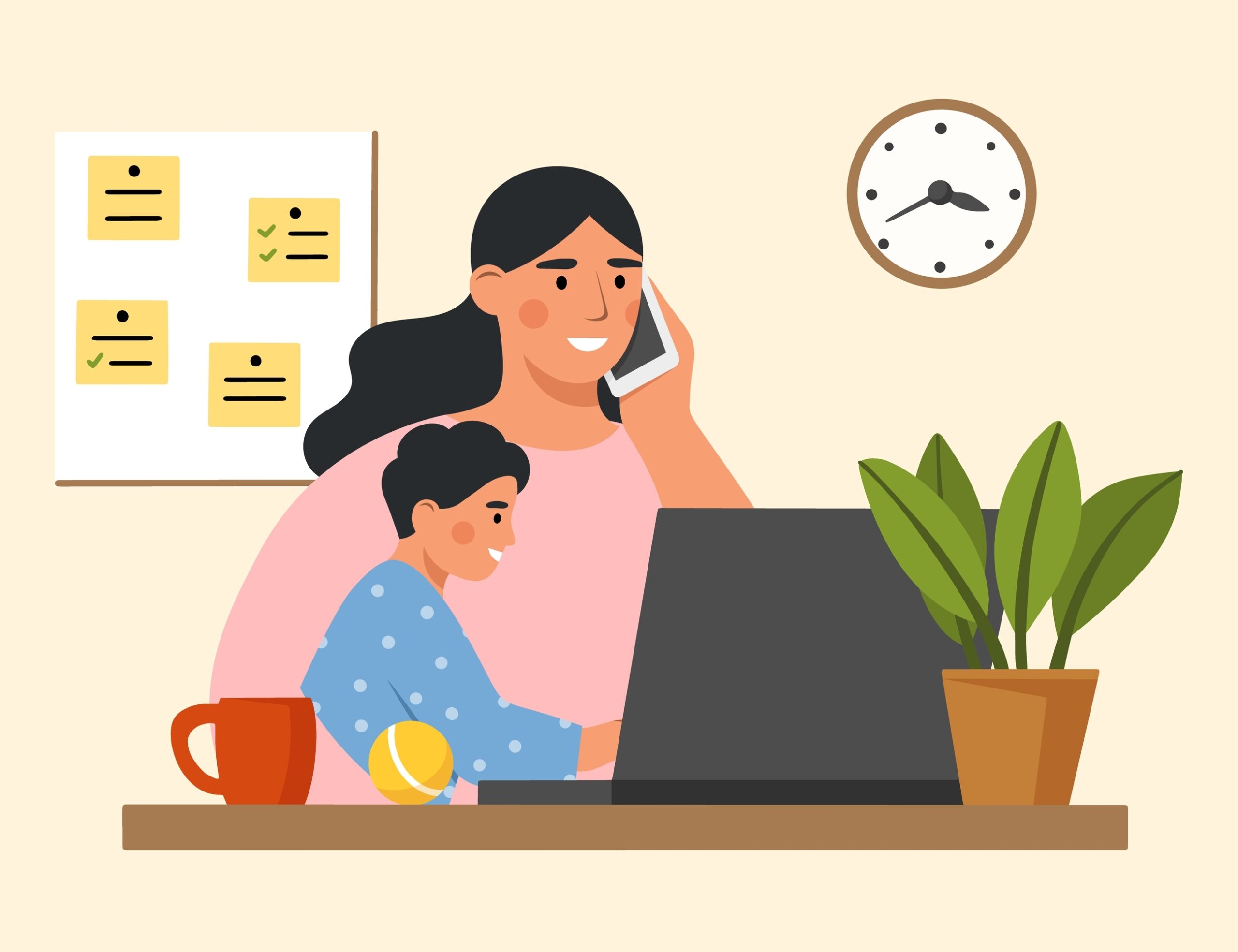



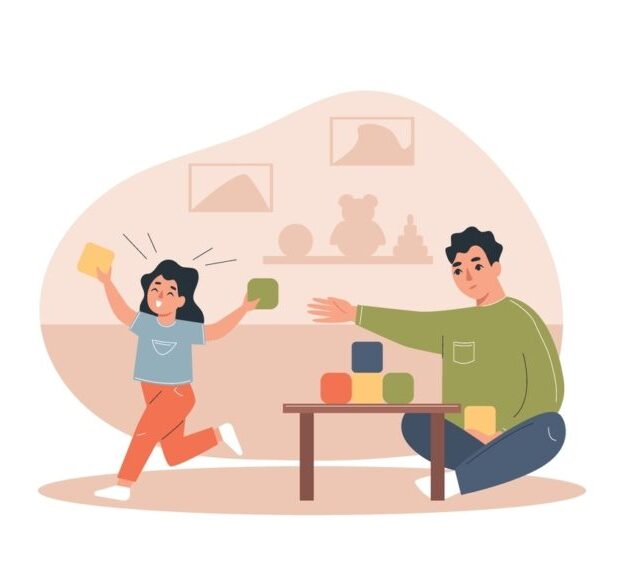

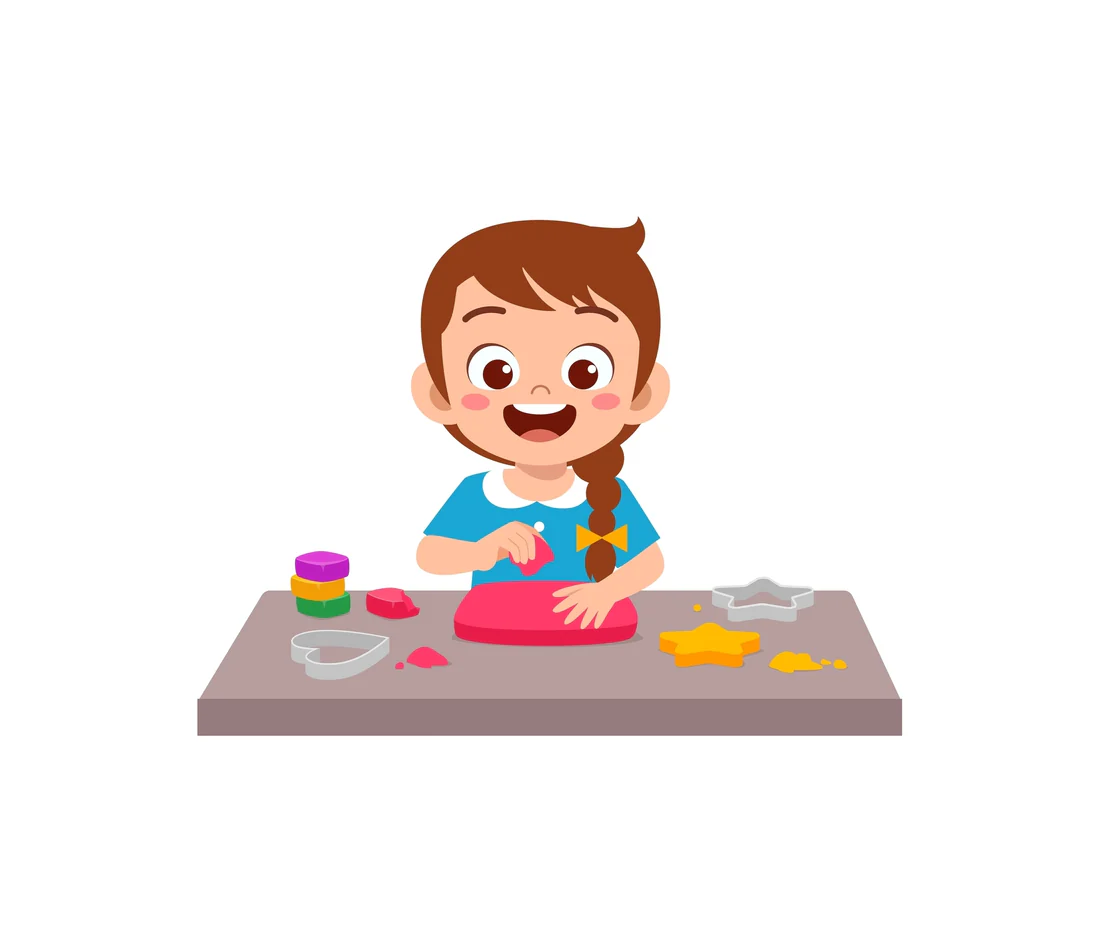
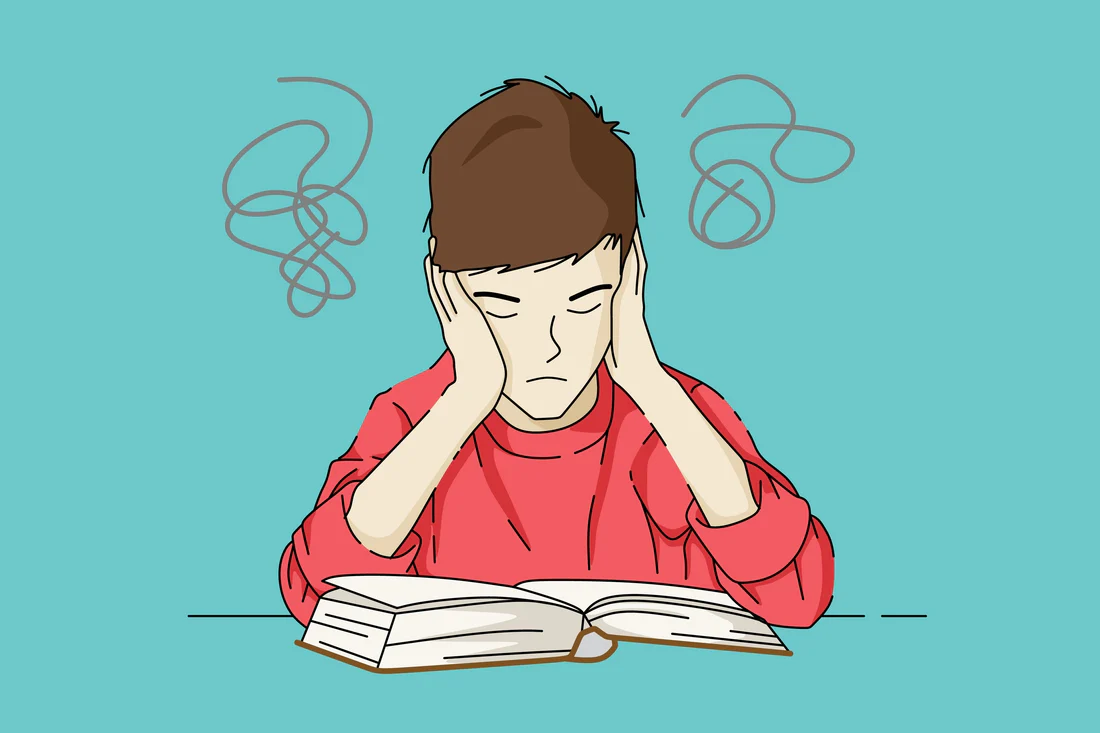
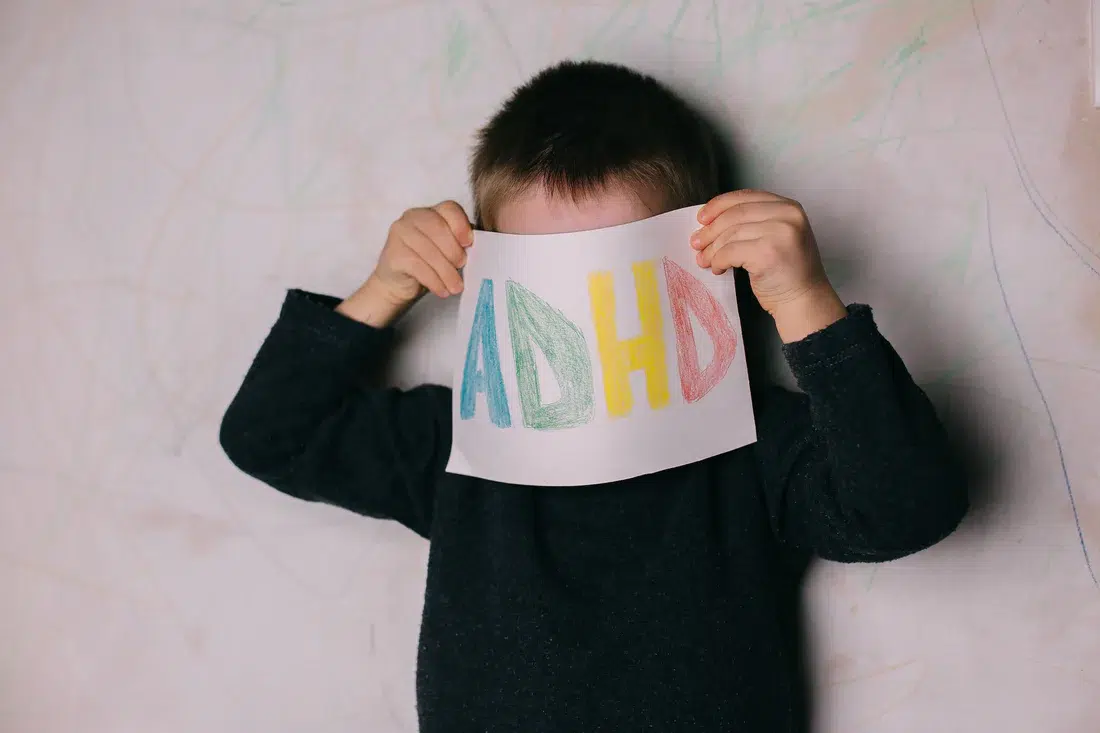




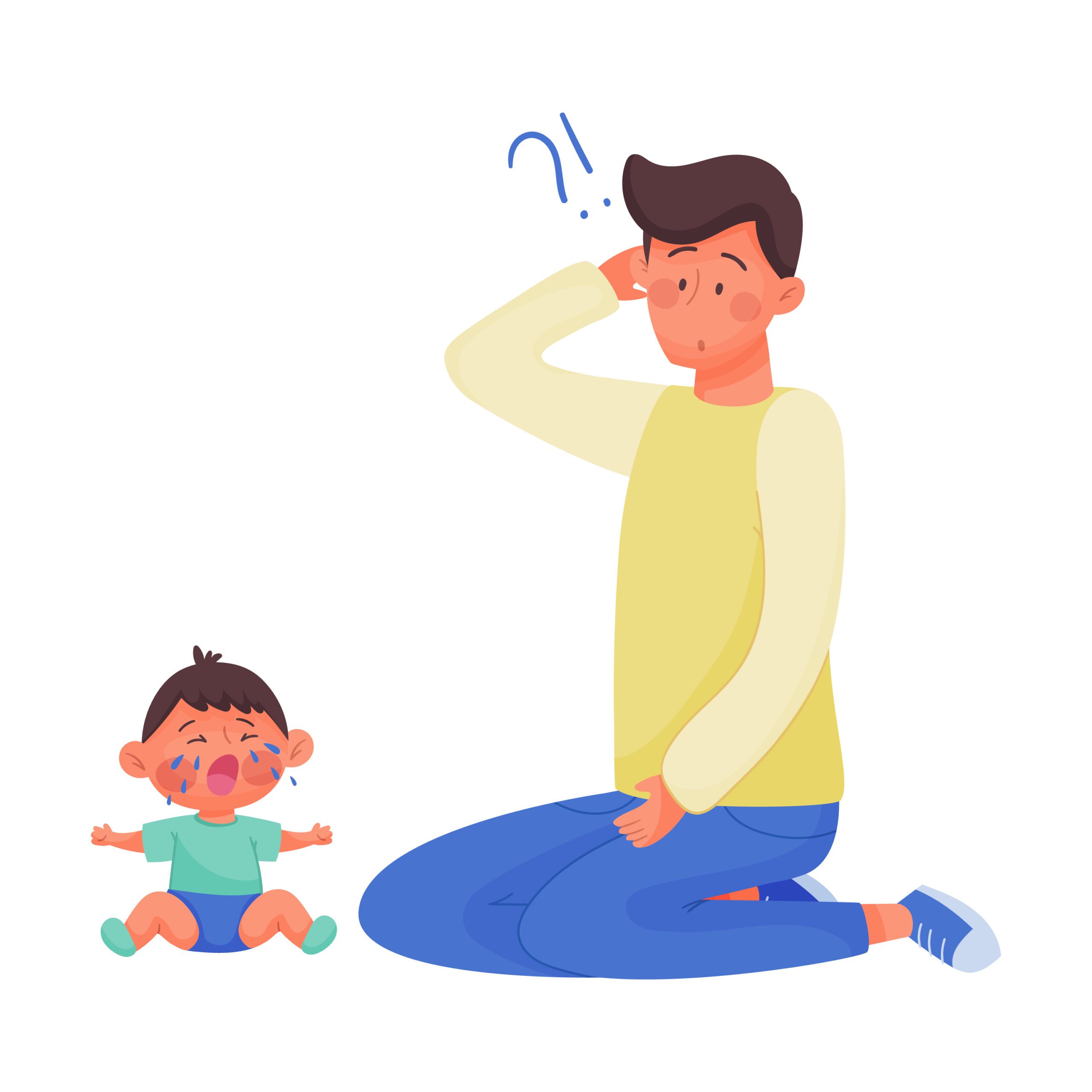












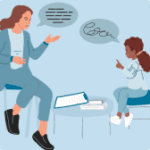 Speech Therapy
Speech Therapy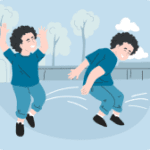 Physical Therapy
Physical Therapy Occupational Therapy
Occupational Therapy




